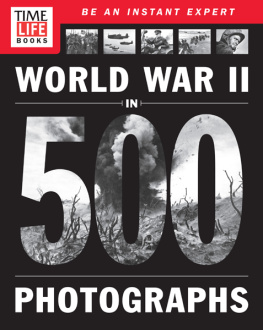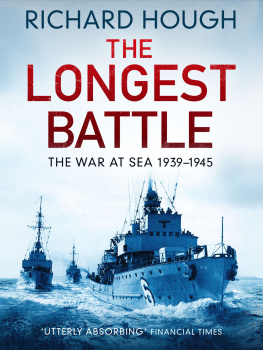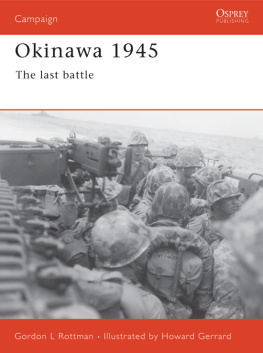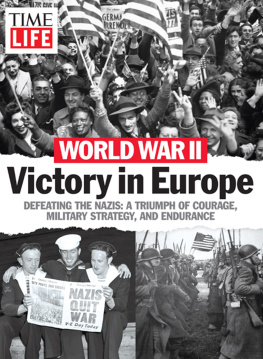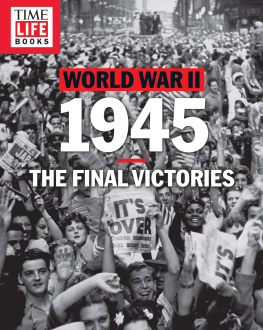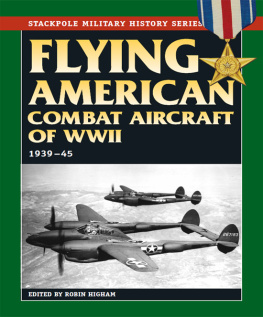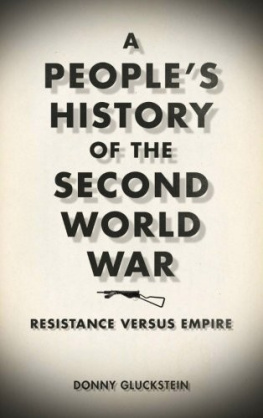
PRELUDE TO WAR
BY THE 1930S, EUROPE WAS ENGULFED IN THE GREAT DEPRESSION AND GERMANY WAS LOOKING FOR STRONG LEADERS TO SOLVE ITS POLITICAL AND ECONOMIC WOES.
Today we rule Germany; tomorrow, the world.
Adolf Hitler, 1938
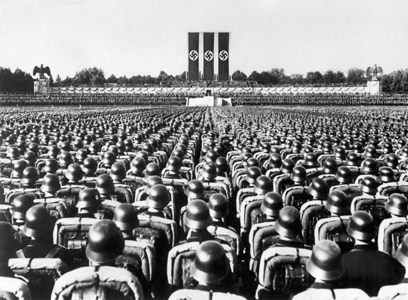
Soldiers stood at attention during the Nazi Party rally of 1936 in Nuremberg, Germany. They were listening to a speech by the German Fuhrer, Adolf Hitler, delivered from the reviewing stand. The Nazis held a similar rally here every year between 1933 and 1938.
19191939
Change and Discontent
SOME HOPED THAT WORLD WAR I WOULD BE THE WAR THAT ENDED ALL WARS.
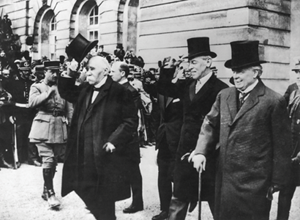
French Prime Minister George Clemenceau (left), American President Woodrow Wilson (center), and British Prime Minister Lloyd George (right) attended the Versailles Peace Conference in 1919.
Aperiod of great upheaval swept over Europe after World War I. As centuries-old monarchies and empires collapsed, emergent states and new forms of government took their places. A global economic depression caused European economies to go from boom to bust. PostWorld War I Europe was in shambles.
Hope ran high that the Treaty of Versailles, the pact ending war between the Allies and Germany, would provide a framework for peace. Each of the Allied leaders, however, had different goals. The British wanted money to pay for war damages, the French wanted to weaken Germany, and the United States wanted a lasting peace.
Failure at Versailles
The Treaty of Versailles, signed in 1919, marked the official end of the First World War. The so-called war guilt clause required Germany to accept responsibility for causing all the loss and damage to the Allies and their governments. Germany was also forced to relinquish control over territories it had taken, pay huge sums of money as reparations, and not rearm its military.
The terms of the treaty were a severe blow to German national pride and triggered economic hardship. The total cost of German reparations came to approximately $30 billion, the equivalent of about $2.7 trillion today. The German delegates to Versailles were outraged by the terms, but they were forced to sign the treaty and accept all its conditions, including the loss of their nations overseas colonies. Over time, the pact provided immense propaganda value to national politicians like Adolf Hitler.
One idealistic provision of the treaty established the League of Nations, a global organization that would resolve international disputes to avert war. The terms, however, failed to provide the league with the ability to enforce its decisions, so the organization had little meaningful control over world events.
When the Nazis came to power, they ignored the provision of the accord forbidding Germany from rearming. The league and its member nations watched as Germany once again exerted its military prowess.
The March to War
Germany moved quickly toward extreme nationalism during the 1930s, culminating in the invasion of Poland in 1939.
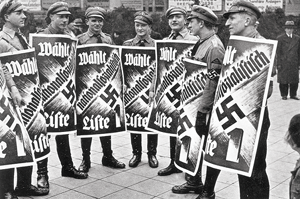
1930s
Hitler began to rebuild German military.
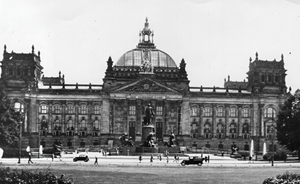
1932
July Nazi Party won a majority in the Reichstag, the German parliament.
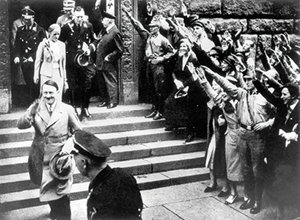
1933
January 30 Hitler was appointed chancellor of Germany.
March Enabling Act was passed by the Reichstag, allowing Hitlers government to deviate from German constitution.
1934
June 30 Nazi Night of the Long Knives (see p. 10).
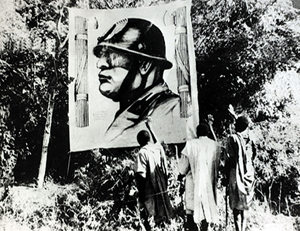
1935
September 15 Nuremberg Laws, which placed severe restrictions on Jews, were passed.
October 3 Italy invaded Ethiopia, demonstrating the ineffectiveness of the League of Nations.
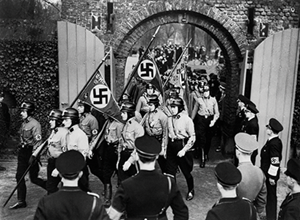
1936
March 7 Germany sent troops into Rhineland, violating the Treaty of Versailles.
October 25 Rome-Berlin Axis was formed, linking the two fascist countries.
1937
July Second Sino-Japanese War began.
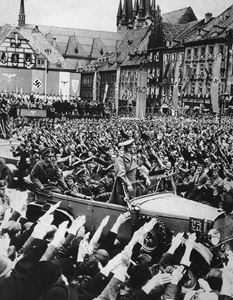
1938
March 1213 Germany annexed Austria.
September 30 Czechs surrendered the Sudetenland to Germany.
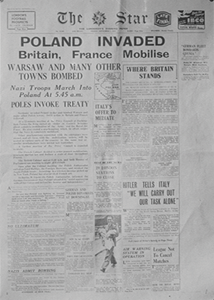
1939
September 1 The war began when Germany invaded Poland.
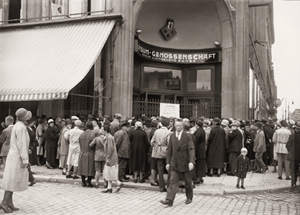
Suffering from rapid inflation, Germans rushed to buy items at a department store in Berlin before prices could rise once again.
19191939
Hitlers Power Grab
GERMANYS WEAK LEADERSHIP AND SEVERE ECONOMIC PROBLEMS LEAD TO THE RISE OF A DICTATOR.
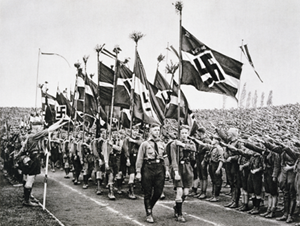
By 1935, membership in the Nazi Party was virtually compulsory for children over the age of 10, and by 1940, the number of young people in the Hitler Youth organizations stood at about eight million.
Adolf Hitler was one of the founding members of the German Workers Party, and in October 1919, he gave his first public speech to about 100 people. Within several months, he took over leadership of the party; by the end of 1920, it had been renamed the National Socialist German Workers Party, or Nazi Party, and had several thousand members. Hitler used his skills at public speaking, coupled with intimidation from his street fighters, to rally others to his cause. In 1923, he was jailed for nine months, following an attempted overtaking of the government in the Beer Hall Putsch. While in prison, Hitler wrote Mein Kampf, outlining his political ideology.
Notoriety from the putsch gave the Nazis a national presence. The party won 107 seats in the 1930 election. Two years later, it won 230 seats and became the largest party in the Reichstag. Then in January 1933, through legal means under the Weimar constitution, Hitler became chancellor of Germany. Within a year, he was a dictator.
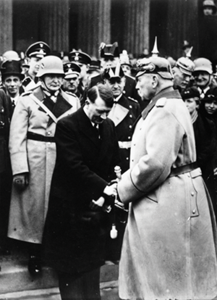
In 1933, after some convoluted negotiations, German President Paul von Hindenburg appointed Adolf Hitler chancellor. Here, the two men shook hands.
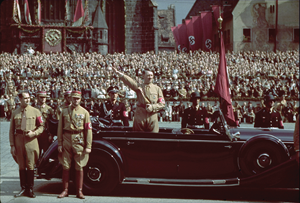
Next page
